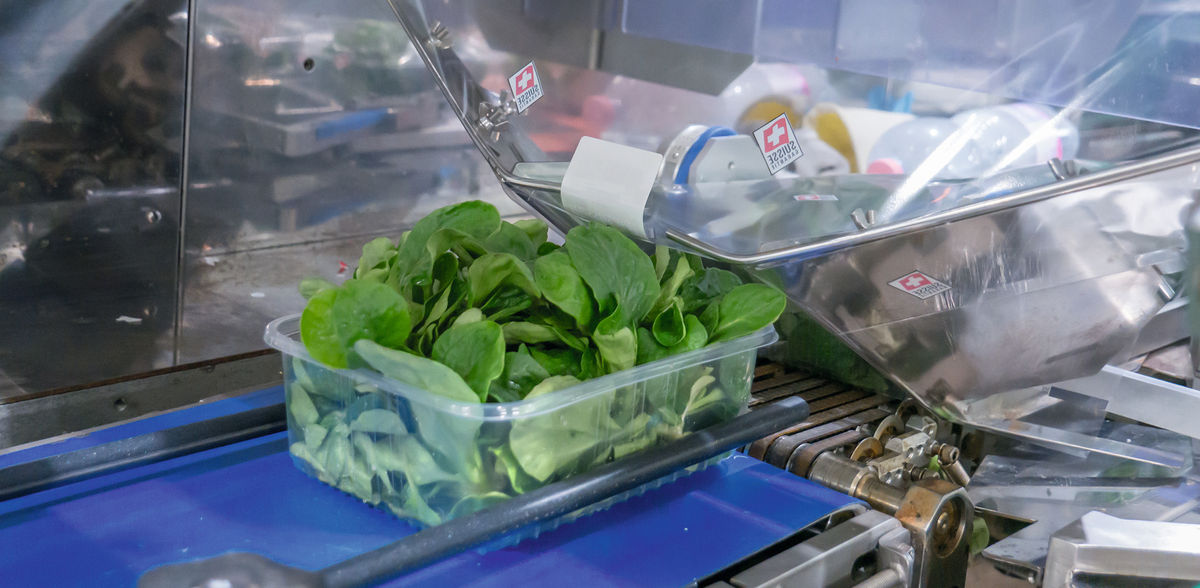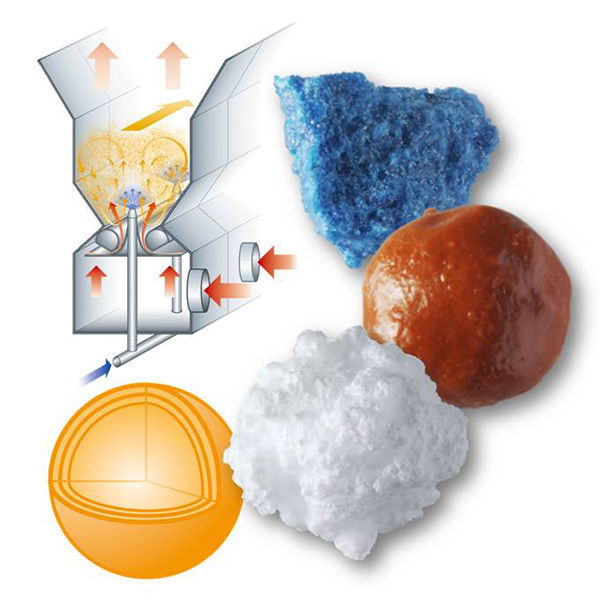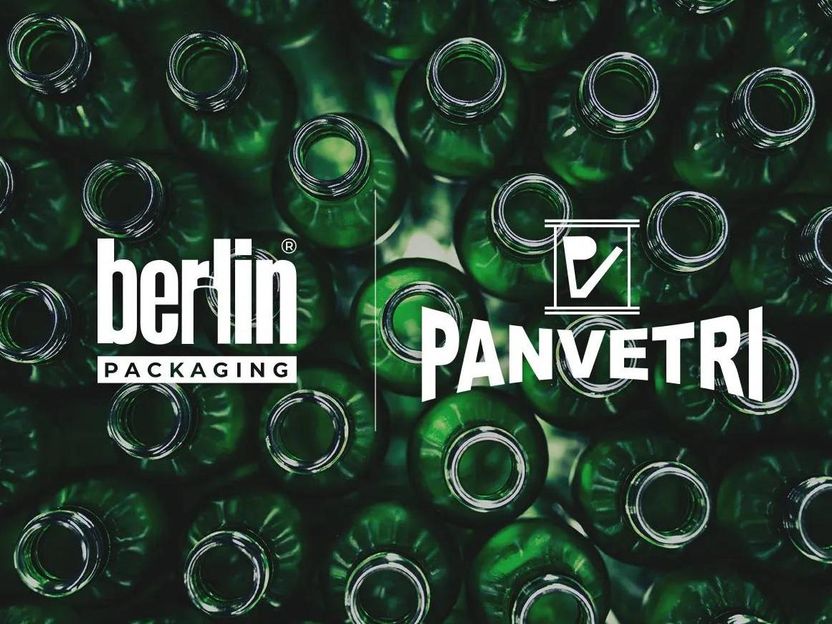The invisible border: food packaging between protection and hidden risks
Food packaging is essential for the safety and shelf life of our food, but can also pose health risks due to the transfer of substances such as bisphenol A and phthalates. The Federal Food Safety and Veterinary Office emphasizes the need for strict regulations to minimize these risks, while recognizing the importance of packaging for protection and marketing.
Food packaging plays a central role in the shelf life and safety of our food. But while it helps to protect our food from spoilage and contamination, it also poses potential health risks.
Necessity and functions of food packaging
According to Sarah Camenisch, media spokesperson at the Federal Food Safety and Veterinary Office (FSVO), food packaging is essential to protect food from external influences and to ensure or extend its shelf life. "It also serves as a surface for affixing the legally required labels and packaging is also an important marketing tool for the food industry," the FSVO spokesperson continues. At a time when consumers are placing increasing importance on the quality and safety of their food, packaging is therefore indispensable.
Substance migration in packaging
There are basically two risks, explains Sarah Camenisch: "On the one hand, the danger posed by a substance itself and, on the other, the risk that exposure to this substance will lead to a health hazard." And with food packaging in particular, the choice of packaging material is crucial, as substances can migrate from the packaging into the food.
"This is particularly relevant for smaller substances," says Sarah Camenisch. Factors such as the physico-chemical properties of the migrating substances, the packaging material, the food itself - for example the fat content, temperature, storage time and the size of the packaging all play a role. In principle, mass transfer is highest with fatty foods and large contact surfaces compared to the weight of the food, explains Sarah Camenisch. For example, plastic film for high-fat meat or tins of fish packed in oil.
Health risks from packaging materials
Health risks arise from substances such as bisphenol A (BPA), phthalates and heavy metals, which can migrate into food under certain conditions. BPA is used in the production of certain plastics and resins that are used in the manufacture of water dispensers, food containers or reusable drinks bottles or as protective coatings and inner linings in cans and beverage cans.
Last year, the European Food Safety Authority (EFSA) published a scientific opinion on BPA which, among other things, considered the increase in T-helper cells in the spleen, which BPA can cause, to be critical, according to the FSVO. According to the statement, T helper cells play a key role in cellular immune mechanisms and an increase in their concentration in the body could lead to allergic pneumonia and autoimmune diseases. The EFSA has also issued a scientific opinion on the plastic softeners phthalates, highlighting the potential health risks associated with them, including hormonal disruption and toxic effects on organs.
Minimizing the risk and regulating packaging materials
However, consumers can minimize the risk of contamination by handling food packaging with care. The FSVO advises consumers to always follow the instructions for use and, for example, to remove protective film from frozen products before baking. "In addition, only safe packaging may be placed on the market - packaging must not lead to contamination of food", emphasizes Sarah Camenisch, whereby the responsibility lies with both the manufacturers and the consumers.
However, to ensure the safety and suitability of packaging materials, they are strictly regulated: "Packaging is regulated as a commodity under food law," Sarah Camenisch continues. Maximum values are set that include a safety margin, the FSVO spokeswoman continues: "This means that the maximum values for the substances are set so low that no risk to consumers is to be expected."
There are specific requirements for various materials, such as plastics, for which there is an exhaustive list of all permitted starting materials. Manufacturers must check and ensure compliance with these requirements, while the cantonal enforcement authorities are responsible for monitoring compliance.
Future regulations and international standards
At the same time, the FSVO is continuously working on adapting and improving the regulations to ensure consumer protection. "With the latest analytical methods, even the smallest quantities of substances that can migrate from packaging into food can be detected - it is therefore becoming increasingly important to find a uniform regulation for impurities, degradation products and by-products of source materials," says Sarah Camenisch, describing the challenge.
However, with the current revision of food law, in which new regulations were introduced for printing inks on packaging, and the planned stricter regulation of bisphenols as part of the next revision, the FSVO is showing that it is ready to respond to these challenges. Switzerland also follows the principle of examining the regulations in the European Union and adopting them where appropriate, particularly for food contact materials such as plastics.
Note: This article has been translated using a computer system without human intervention. LUMITOS offers these automatic translations to present a wider range of current news. Since this article has been translated with automatic translation, it is possible that it contains errors in vocabulary, syntax or grammar. The original article in German can be found here.









































































